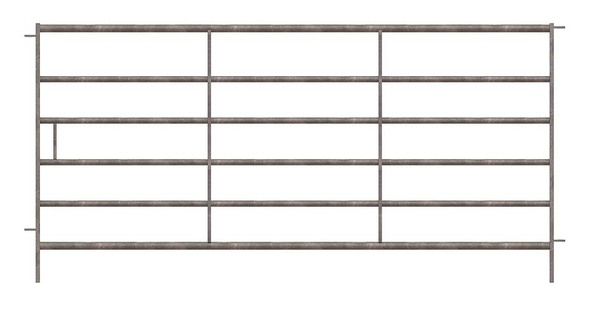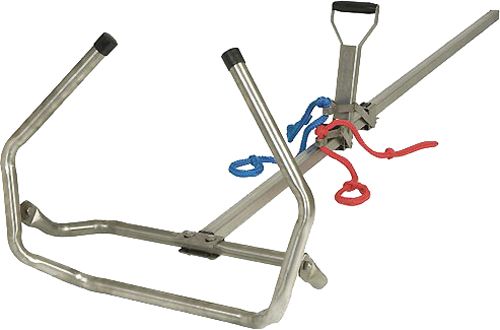
This guide has been carefully developed in collaboration with our animal health experts, who bring decades of hands-on experience supporting farmers across the UK.
Their practical knowledge and specialist advice ensure you have the guidance you need for a successful calving season. Our qualified animal health experts are on hand to recommend the best medicines and products for all your animal health needs, including tackling common challenges like:
- Scour
- Pneumonia
- Calving difficulties
- Bloat
Pre-calving preparation
The lead-up to calving is an important phase where preparation makes all the difference. A well-organised setup ensures you’re ready to respond quickly and confidently when calving begins.
What to focus on:
- Secure calving setup - Ensure gates, latches, and fencing are sturdy to keep livestock safe during calving.
- Dedicated calving pen - Keep a clean, well-lit pen ready for use when calving begins.
- Calving monitoring system - Set up cameras or sensors to track signs of labour without disturbing the animals.
- Dry comfortable bedding - Provide deep, fresh bedding to keep calves warm and reduce infection risk.
A tip from John Seabrook
Ensure the calving area is clean, dry, and free from draughts. A well-maintained space not only improves animal comfort but also supports calf health. Using plenty of clean bedding creates a warm, hygienic environment and has been shown to reduce the risk of health problems.
Calving essentials
Having the right kit on hand can make the difference between a straightforward delivery and a critical situation. This is the moment our trusted products come into play.
What to focus on:
- Calving aids – Have ropes, calving jacks, and lubricants ready and in good working order for emergencies.
- Reducing friction – Apply veterinary-approved lubricant generously to ease delivery and minimise stress.
A tip from Stuart Davies
Keep an eye out for signs that labour isn’t progressing normally. If a cow shows signs of early labour (like restlessness or isolating herself) but doesn’t move into active straining it may be time to step in. Prompt intervention in prolonged or abnormal births, such as breech presentations, can make all the difference for cow and calf health.
Post-calving
After calving, a cow’s body undergoes rapid change. Supporting her recovery during this period is critical to reducing the risk of complications.
For your calves, the first hours after birth are the most important in a calf’s life. Colostrum intake, navel care, warmth, and hydration all play vital roles in determining its early health and future productivity.
A tip from Keara Varndell
Organisation is key during busy times! Clear protocols displayed in appropriate areas ensure everyone knows what they are doing, and all animals receive the same treatment. A well-equipped calving kit is essential to ensure you have everything to hand when it is required. Some of my essential products include Agri-gel, calving ropes, Nobacz navel spray and a thermometer.


